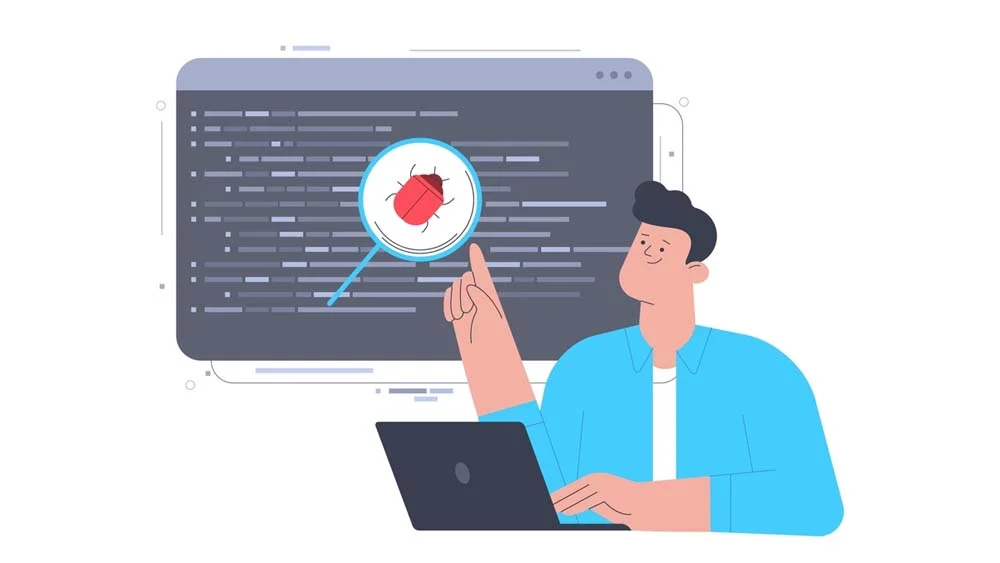Unlocking the Power of Distributed Apps: Everything You Need to Know
Are you ready to tap into the full potential of distributed apps? With the rapid advancement of technology, the world of software development is constantly evolving. Distributed apps, also known as dApps, are revolutionizing the way we interact with digital platforms. These decentralized applications are not only changing the way we do business, but they are also transforming various industries, from finance and healthcare to supply chain management and gaming.
In this comprehensive guide, we will take you on a journey to understand what distributed apps are, how they work, and why they are becoming increasingly popular. Whether you are a developer looking to explore new opportunities or a business owner seeking to leverage the benefits of dApps, this guide will equip you with the knowledge and insights you need to unlock the power of distributed apps. Get ready to dive into the exciting world of decentralized applications and discover how they have the potential to reshape the future of technology.
The Inner Workings and Architecture of Distributed Apps
Like we mentioned above, distributed apps, also known as dApps, operate on a decentralized network of computers, making them a unique and innovative type of software application. Unlike traditional apps that rely on a central server, developers build dApps using blockchain technology, which offers numerous advantages such as transparency, security, and immutability. To understand the inner workings of dApps, it’s important to grasp the concept of blockchain technology.
Understanding Blockchain Technology

Blockchain technology is the foundation of distributed apps. It is a decentralized and transparent ledger that allows multiple parties to maintain a shared database without the need for a central authority. In simple terms, it is a chain of blocks, where each block contains a list of transactions. A network of computers verifies these transactions before adding them to the blockchain. These transactions are also known as nodes.
The immutability of blockchain technology is one of its main advantages. Once a transaction has been recorded on the blockchain, it cannot be altered or erased. This makes the blockchain a secure and trustworthy platform for building decentralized applications. Additionally, blockchain technology ensures transparency, as all participants in the network can view and verify the transactions. Due to its connection to cryptocurrencies like Bitcoin and Ethereum, blockchain technology has attracted a lot of attention.
However, its potential goes far beyond digital currencies. With the advent of smart contracts, which are self-executing contracts with the terms of the agreement directly written into code, blockchain technology has opened up new possibilities for building complex decentralized applications. Blockchain technology is evolving rapidly, with various platforms and protocols being developed to address different use cases and requirements. Understanding the fundamentals of blockchain technology is crucial to grasping the concept of distributed apps and their potential.
The Main Three Benefits of Using Distributed Apps (dApps)
Distributed apps offer a wide range of benefits that make them an attractive option for individuals and businesses alike. Let’s explore some of the key advantages of dApps:
- Security: One of the biggest advantages of distributed apps is their enhanced security. The decentralized nature of the blockchain ensures that data is stored across multiple nodes, making it extremely difficult for hackers to compromise the network. Additionally, the use of cryptographic encryption techniques further enhances the security of transactions and data stored on the blockchain.
- Transparency: Distributed apps provide unparalleled transparency by recording all transactions on a public ledger. This transparency not only increases trust among participants but also enables real-time auditing and verification of transactions. Every transaction is traceable and cannot be altered or deleted, ensuring transparency and accountability.
- Efficiency: By eliminating the need for intermediaries and automating processes through smart contracts, distributed apps significantly improve efficiency. Transactions can be executed faster, and complex processes can be streamlined, saving time and reducing costs. This increased efficiency has the potential to revolutionize industries such as finance, supply chain management, and healthcare.
Extra Benefits That You Can Leverage to Your Advantage
- Decentralization: Distributed apps operate on a network of interconnected computers, eliminating the reliance on a single central authority. This decentralization not only reduces the risk of a single point of failure but also empowers individuals by giving them control over their own data and assets. Decentralization also enables censorship resistance, ensuring that no single entity can control or manipulate the network. Tools like decentralized secure surveys also leverage this benefit to provide anonymous and privacy-focused data collection solutions.
- Cost-effectiveness: By removing the need for intermediaries and automating processes, distributed apps can significantly reduce costs. Traditional applications often involve fees and commissions charged by intermediaries, such as banks or payment processors. With distributed apps, we can eliminate these fees or significantly reduce them, resulting in a much more cost-effective experience for users.
- Global Accessibility: Distributed apps are accessible to anyone with an internet connection, regardless of their location or background. This global accessibility opens up new opportunities for individuals and businesses, especially in underserved areas where traditional financial services may be limited. With distributed apps, anyone can participate in the digital economy, empowering individuals and driving financial inclusion.
Overall, the benefits of distributed apps are vast and have the potential to revolutionize industries and empower individuals. From enhanced security and transparency to increased efficiency and cost savings, dApps offer a new paradigm for the digital landscape.
Challenges and Limitations of Distributed Apps
While distributed apps offer numerous benefits, they also come with their own set of challenges and limitations. Let’s explore some of the key challenges facing dApps:
- Scalability: One of the biggest challenges facing distributed apps is scalability. Congestion on the blockchain can cause transaction times to lengthen and fees to rise as more people start using the network. Scaling solutions, such as layer 2 protocols and sharding, are being developed to address this challenge, but widespread adoption is still a work in progress.
- User Experience: User experience is another area that needs improvement in distributed apps. Traditional applications provide a familiar and intuitive user interface, while dApps often require users to interact with complex blockchain addresses and private keys. Improving the user experience and making dApps more user-friendly are crucial for mainstream adoption.
- Regulatory Challenges: The decentralized nature of distributed apps poses regulatory challenges. As dApps operate on a global network, they can be subject to conflicting regulations in different jurisdictions. Regulatory frameworks are still evolving, and navigating the legal landscape can be complex for dApp developers and users.
- Energy Consumption: Proof of Work (PoW) consensus algorithms, which distributed apps frequently use, require a significant amount of computational power and energy consumption. This has raised concerns about the environmental impact of blockchain technology. However, alternative consensus mechanisms, such as Proof of Stake (PoS), are being developed to address this issue and reduce energy consumption.
- Lack of Interoperability: Interoperability between different blockchains and dApps is currently a challenge. As the number of blockchain platforms and dApps increases, the lack of interoperability can hinder the seamless transfer of assets and data between different networks. Efforts are underway to develop interoperability protocols and standards to address this limitation. Despite these challenges, the potential of distributed apps is vast, and as technology and infrastructure continue to evolve, we can expect to see solutions to these limitations in the future.
Tools and Resources For Developing a Distributed App:
Let’s explore some of the key tools and resources for developing dApps that will help you greatly:
Development Frameworks:
Distributed app platforms, such as Ethereum and EOS, provide development frameworks and software development kits (SDKs) that simplify the process of building dApps. These frameworks provide libraries, templates, and documentation to help developers jump-start their development process quickly.
Smart Contract Languages:
Smart contracts are the building blocks of distributed apps. Platforms like Ethereum support Solidity, a programming language specifically designed for writing smart contracts. Other platforms, such as NEO, support multiple programming languages, including C#, Java, and Python.
Integrated Development Environments (IDEs):
IDEs are essential tools for developing dApps. They provide features like code highlighting, debugging, and deployment tools. Popular IDEs for developing dApps include Remix (for Ethereum), Visual Studio Code (with blockchain extensions), and Truffle Suite.
Testing and Debugging Tools:
Testing and debugging are crucial for ensuring the stability and security of dApps. Tools like Ganache (for Ethereum) and EOS Studio (for EOS) provide testing environments and debugging capabilities specifically tailored for distributed app development.
Documentation and Community Support:
Distributed app platforms have extensive documentation and active developer communities. These resources provide tutorials, code samples, and forums where developers can ask questions and seek support.
Wrapping It All Up!
The world of distributed apps presents endless innovation ideas and provides you with an interesting dive into limitless possibilities! Another innovation that may help you take your business to a whole new level of greatness and success is a no-code solution.
Why? Well, our no-code native app builder, nandbox can help you develop applications in an eye blink. With an app as your marketing weapon, there will be nothing that you can’t do to serve your business users or customers.
Sign up now and benefit from our 14-day free trial that will help you know your way around our app builder. Furthermore, this trial will assist you in familiarizing yourself with our features and modules. It is a fraction of the cost, easy, and efficient. What’s not to like!




